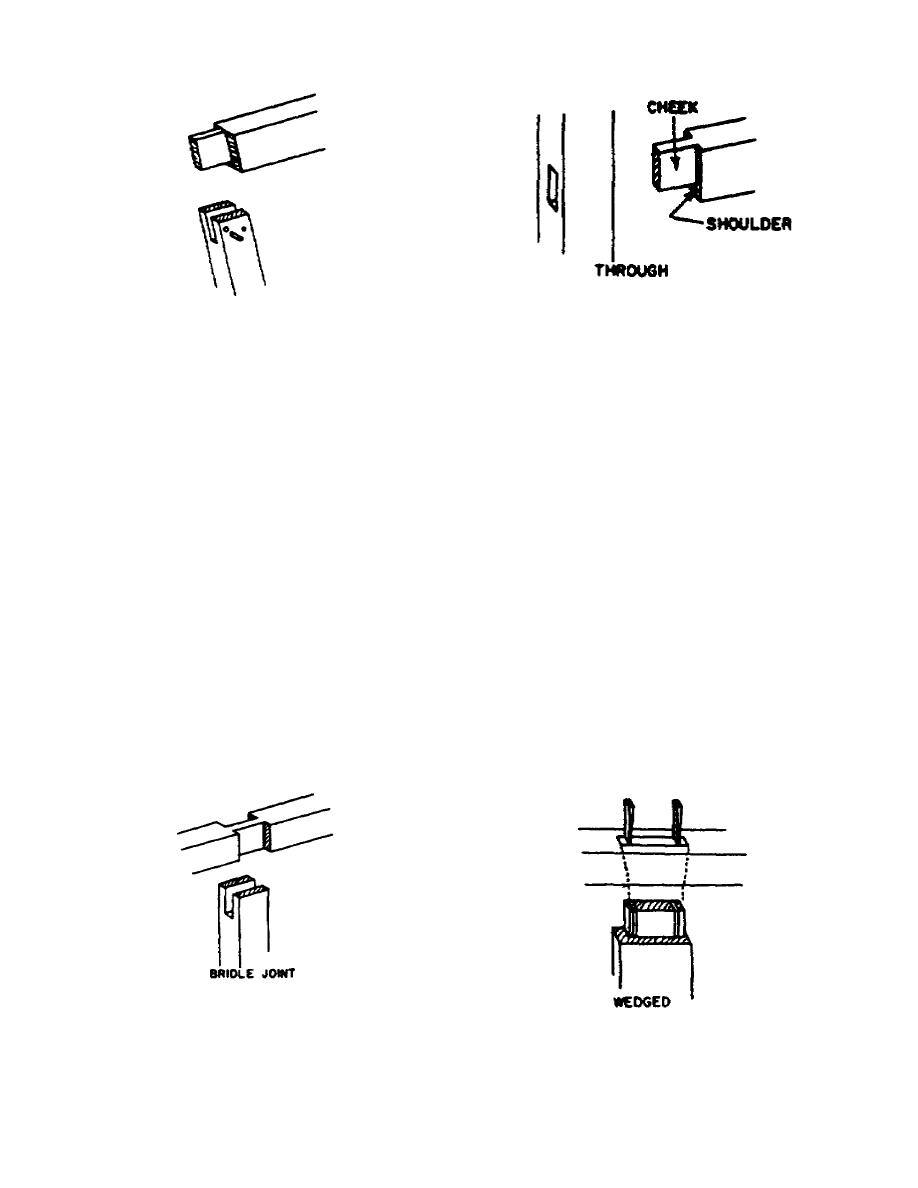
Figure 8. Through mortise and tenon joints.
Figure 6. Open mortise and tenon joints.
joints are those in which the mortise extends completely
a plain miter joint. Shown in figure 5, C, is one way of
through one member. (See fig. 8.) When wedges are
inserting a spline in a miter joint. A miter joint with a
driven into the end of the tenon, it is called a wedged
spline is usually fastened only with glue. Joints of this
mortise and tenon joint, as illustrated in figure 9. For
type, if made with hand tools, must have each piece
rough knockdown or outside furniture, the tenon can be
marked. However, if power machinery is used, then only
cut longer than the depth of the mortise, with a hole
one layout is necessary to set up the machine.
drilled into the protruding part of the tenon and a wedge
2-17. Mortise and tenon joints. The mortise and tenon
driven close to the outer face of the member which has
joint is one of the oldest and most used joints in cabinet
the mortise cut into it. (See fig. 10.) When this is done,
construction. The numerous variations of this type of
it is called a keyed mortise and tenon joint.
joint provide ample choices for framing doors, panels,
c. Blind mortise and tenon joints. These joints are
tables, chairs, and cabinets. Of these variations, we will
those in which the mortise and tenon do not go
discuss four: open, through, blind, and haunched mortise
completely through the mortise member, as shown in
and tenon joints.
figure 11. They are used for doors, table legs, rails, and
a. Open mortise and tenon joints. These joints are
panels when it is desired that no part of the mortise or
sometimes called slip joints, as illustrated in figure 6. As
tenon be seen after the work is assembled.
you can see, the mortise is cut completely through the
d. Haunched mortise and tenon joints. These
end of one piece, which is open on three sides, and the
joints are used when a groove is cut into the framing
tenon is slipped into this open mortise. It is a strong
where the mortise and tenon will fit. Figure 12 illustrates
joint and can be used on various types of frames. This
how the tenon is cut to fit into the groove after the
type of mortise and tenon joint can be nailed, screwed,
tenon is inserted into the mortise. These are used often
pegged, or glued for added strength. Another version of
for framework where grooves are cut for panels.
this type of joint is the bridle joint, illustrated in figure 7.
2-18. When making a mortise and tenon joint, make
However, in this version one member is joined in the
sure the tenon has at least one shoulder where the
center.
greatest stress is anticipated. For additional strength on
b. Through mortise and tenon joints. These
wide stock, provide a double
Figure 7. Bridle mortise and tenon joints.
Figure 9. Wedged mortise and tenon joints.
5



 Previous Page
Previous Page
